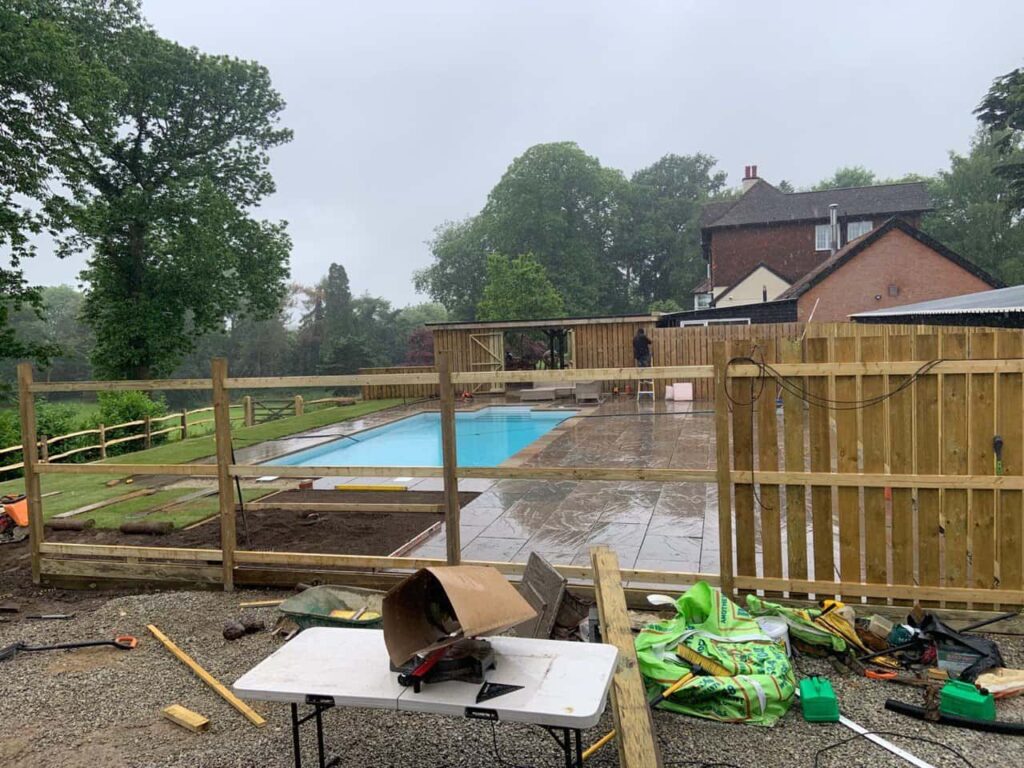What Causes Fencing to Rot?
Rotting fence panels and posts are a common issue faced by property owners, especially in areas exposed to regular rainfall or high humidity. In Sheppey, Kent, where coastal weather can speed up the process, understanding the causes of fence rot is key to maintaining a durable and attractive boundary. At Fast Fix Fencing Sheppey, we help homeowners and businesses tackle fence decay and extend the life of their fencing through expert installation and maintenance.
Why Does Fence Rot Matter?
Fence rot doesn’t just spoil the look of your garden—it compromises the structural integrity of your fencing. Over time, weakened timber can lead to leaning panels, broken posts, and eventually complete failure of the fence line. Rotting fences can also reduce your property’s privacy, security, and value.
Knowing the root causes allows you to take preventative steps and seek the right support when needed.
Main Causes of Fence Rot
1. Prolonged Exposure to Moisture
The most significant cause of rot is constant exposure to moisture. Wooden fencing in contact with wet ground or subject to standing water is particularly vulnerable.
Contributing factors include:
- Poor drainage around fence posts
- Soil levels too high against panels
- Lack of protective coatings on timber
- Persistent rain or damp coastal conditions
2. Inadequate Treatment or Maintenance
Untreated or poorly maintained timber is far more likely to develop rot. Regular maintenance and the use of pressure-treated wood are essential for durability.
Neglect can include:
- No sealant or wood preservative applied
- Failing to repaint or stain the wood periodically
- Allowing moss or vegetation to grow on or against the fence
3. Poor Installation
How a fence is installed has a direct impact on how quickly it deteriorates. Timber that’s embedded directly into soil or concrete without proper protection is at greater risk.
Signs of installation issues:
- Fence posts set without gravel drainage at the base
- Concrete post bases that hold water instead of allowing runoff
- Panels touching the ground or mulch, leading to trapped moisture
4. Fungal Growth
Fungi thrive in moist, shaded environments. Once fungal spores establish on timber, they break down the wood fibres, leading to both surface and internal rot.
Common triggers include:
- Inadequate airflow around the fence line
- Debris or leaves left to accumulate on panels
- Shaded areas with little sunlight to dry the timber
5. Use of Low-Quality Materials
Some fencing products, particularly low-cost untreated softwoods, are far more susceptible to decay. While they may appear cost-effective at first, they often require early replacement.
Preventing Fence Rot: What You Can Do
Regular Maintenance
- Apply wood preservatives or stains every 1–2 years
- Keep fence panels clean and clear of moss, algae, and debris
- Trim nearby plants and shrubs to allow air circulation
Improve Drainage
- Ensure water can drain away from fence posts
- Install gravel or stones around the base to reduce moisture build-up
- Avoid letting panels sit directly on the soil
Choose Treated Timber
- Opt for pressure-treated wood designed to resist rot and insects
- Use posts with rot-protection sleeves or post anchors
- Consider concrete posts and gravel boards to lift panels off the ground
Professional Installation
Working with experts like Fast Fix Fencing Sheppey ensures your fence is installed to the highest standards using rot-resistant materials and proper techniques. We account for local ground conditions and weather to deliver long-lasting results.
Why Choose Fast Fix Fencing Sheppey?
Based in Sheppey, Kent, Fast Fix Fencing Sheppey provides:
- High-quality, pressure-treated timber products
- Expert installation with attention to drainage and ground prep
- Full repair and replacement services
- Honest advice tailored to local conditions and property needs
Our goal is to help you avoid premature fence failure by combining solid materials, correct techniques, and expert care.
Conclusion
Rot is the most common cause of fencing failure, and in a damp coastal climate like Sheppey, Kent, it’s especially important to address the risks. Moisture exposure, poor materials, and inadequate maintenance are the main contributors—but with the right approach, rot can be prevented. At Fast Fix Fencing Sheppey, we offer fencing solutions designed to last, giving you peace of mind and long-term value.
If you’re noticing signs of fence decay or planning a new installation, contact Fast Fix Fencing Sheppey for professional support and guidance tailored to your property.
Call us on: 01795 718 997
Click here to find out more about Fast Fix Fencing Sheppey
Click here to complete our contact form and see how we can help with your fencing needs.

